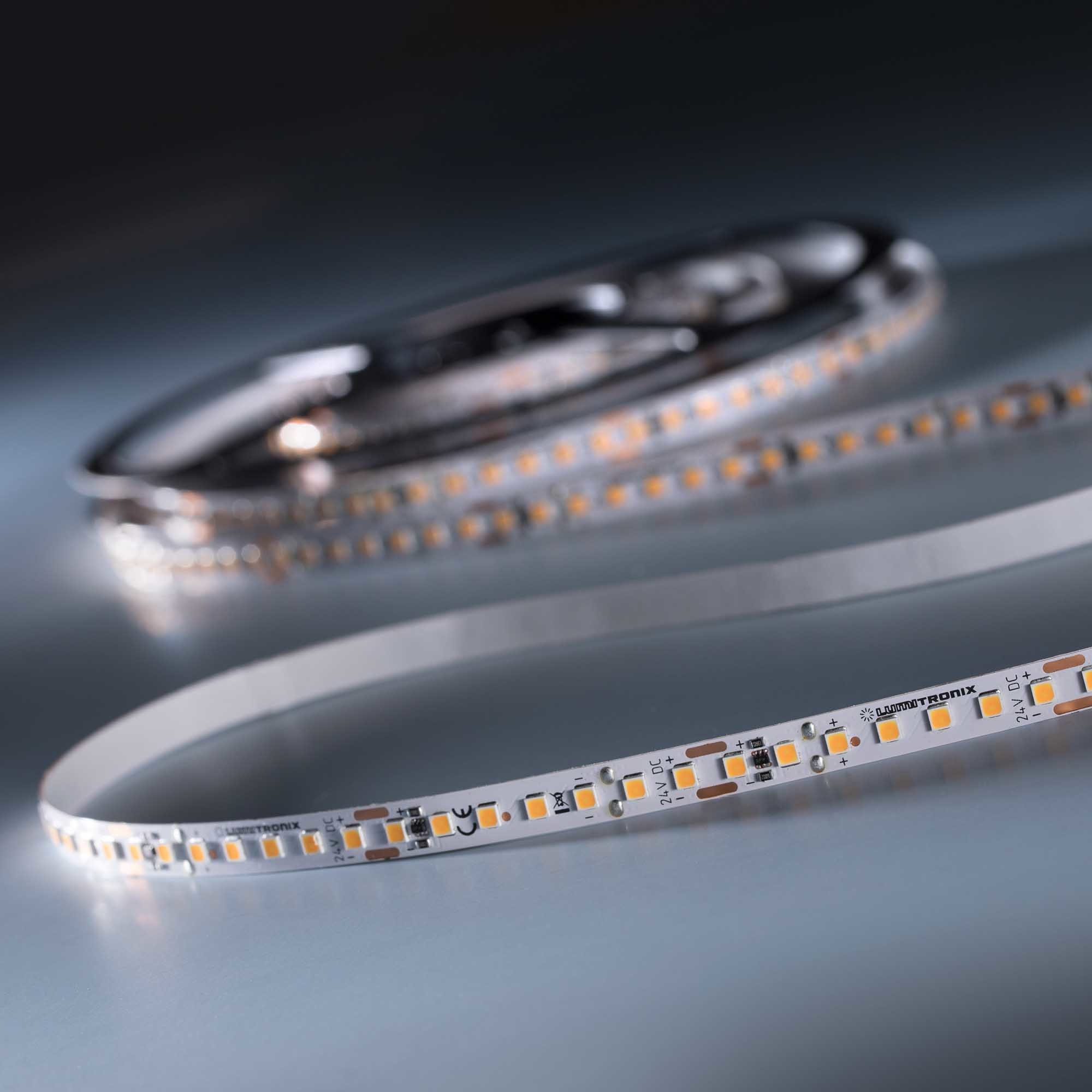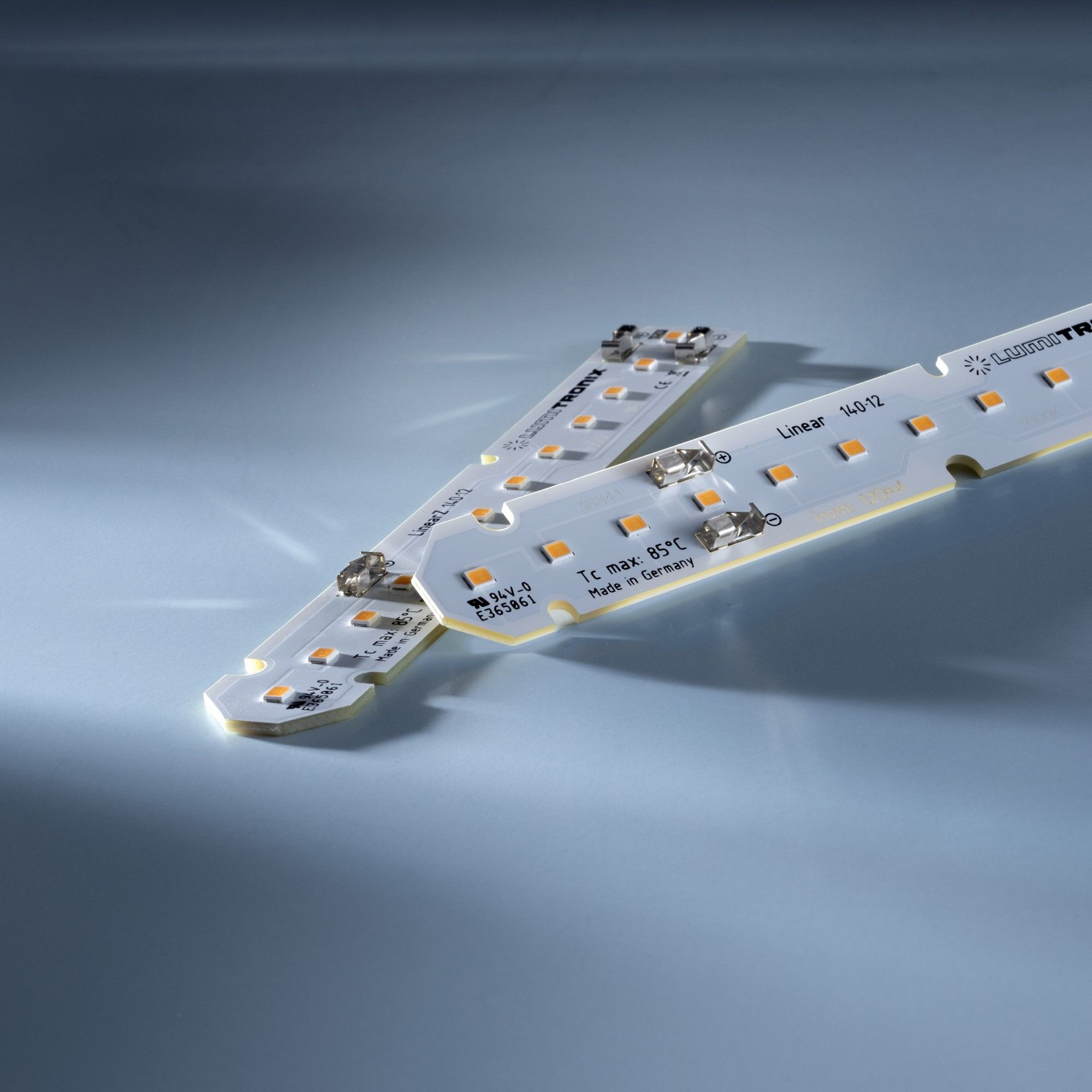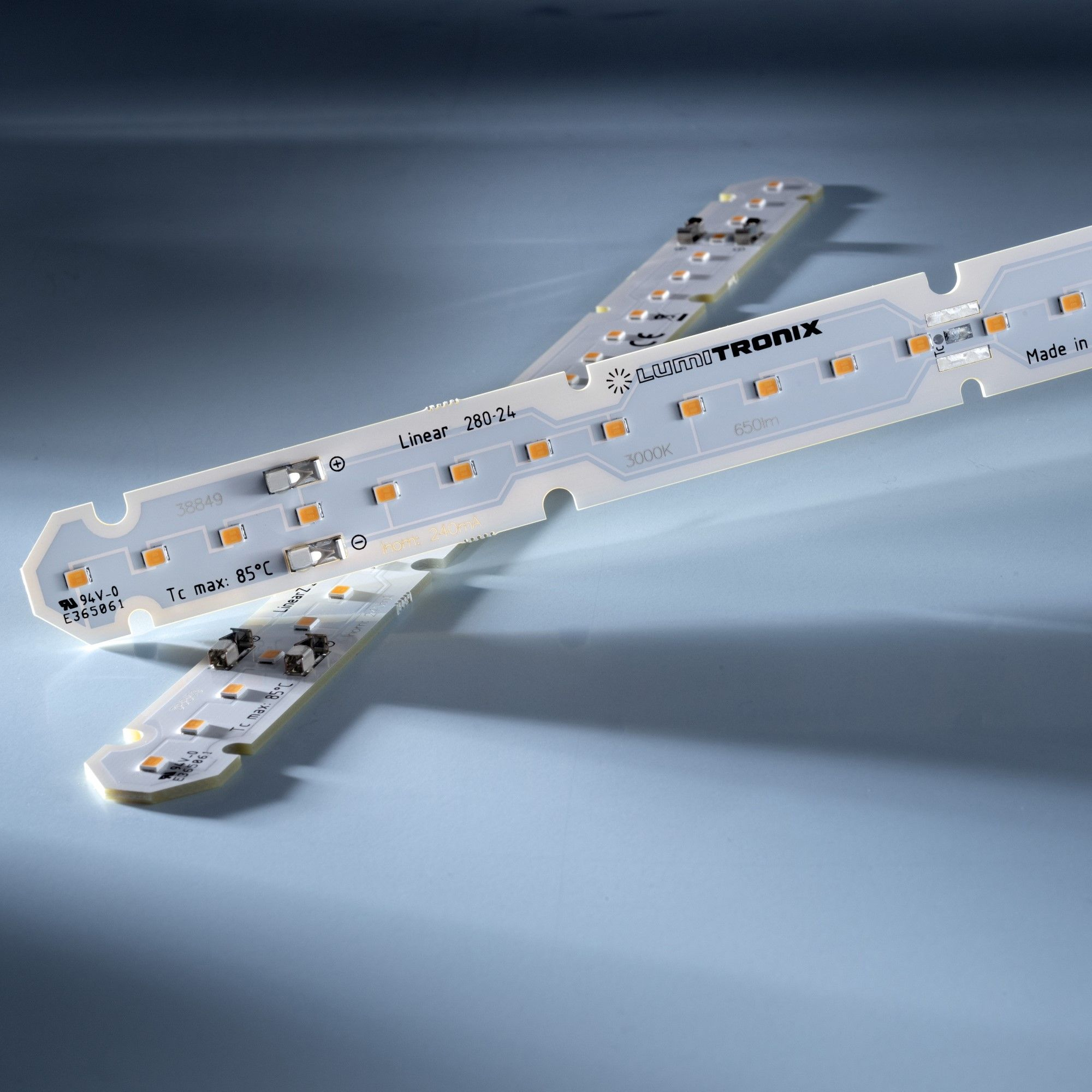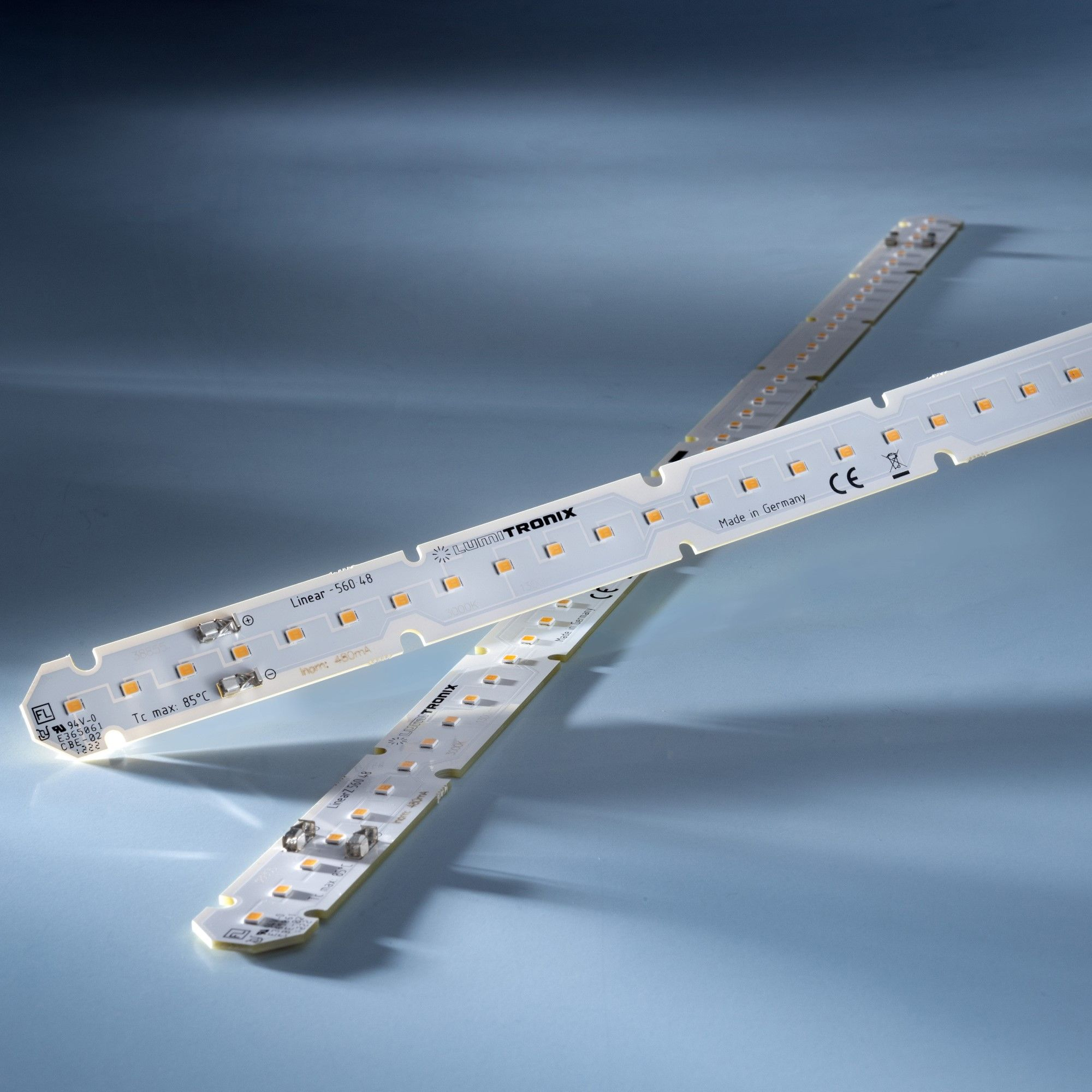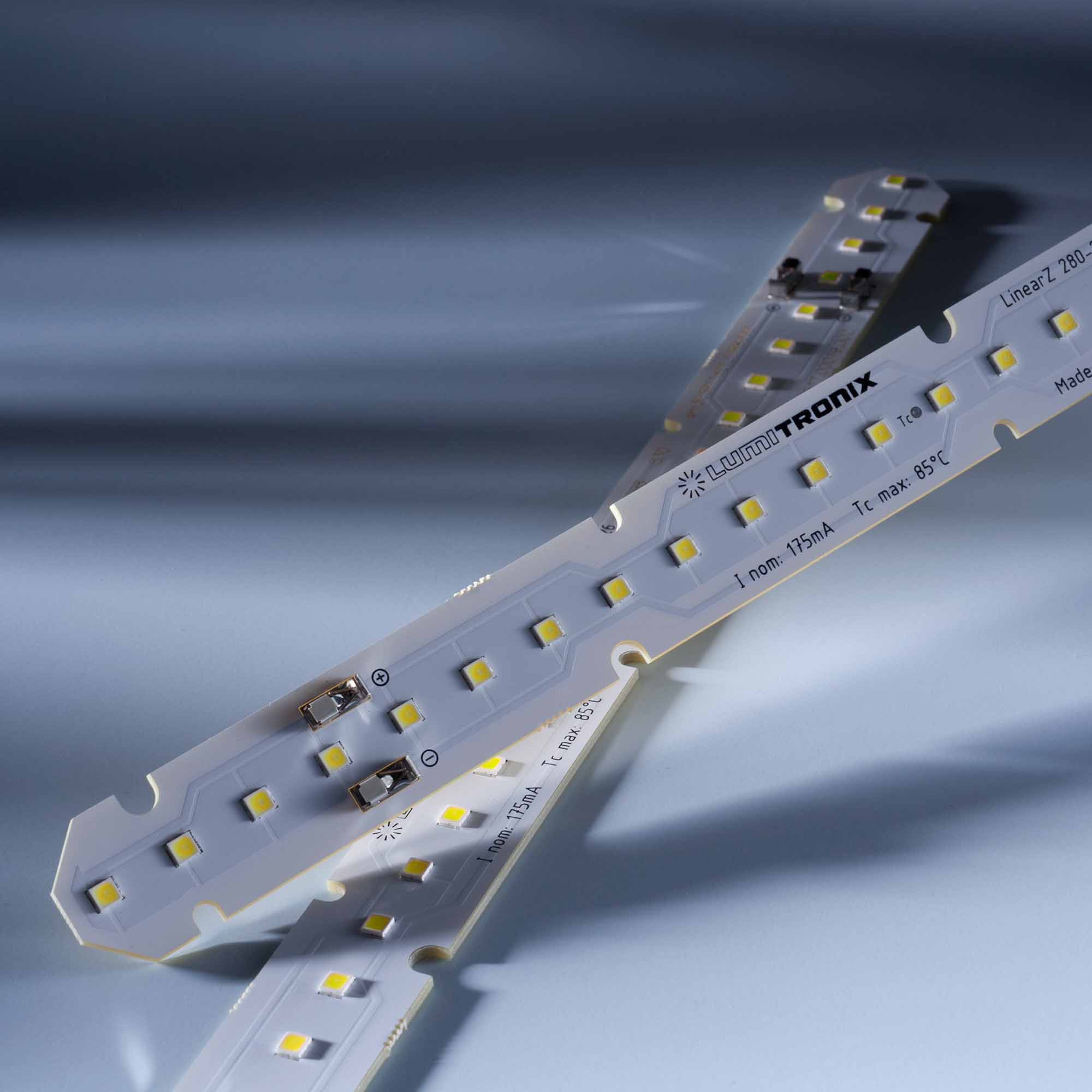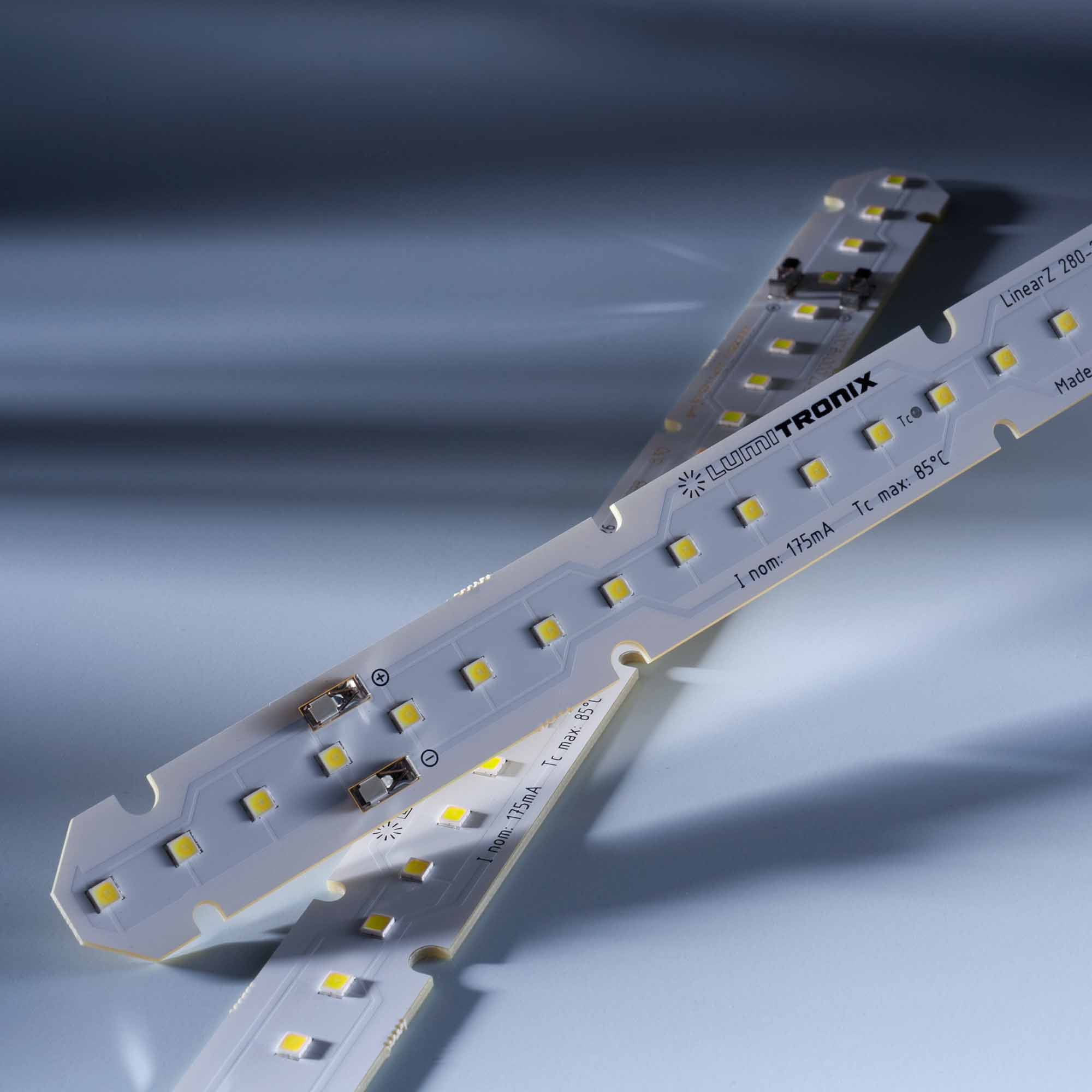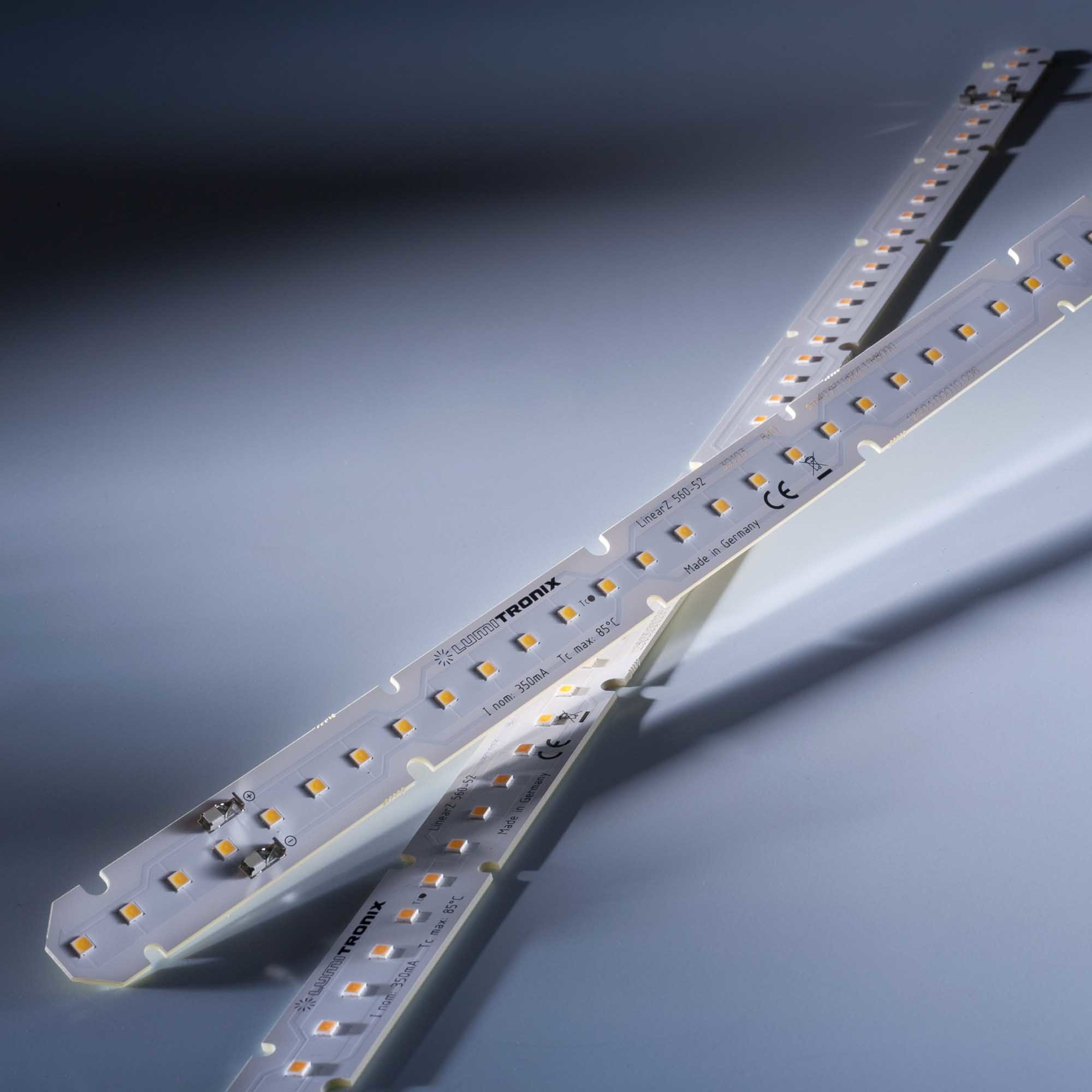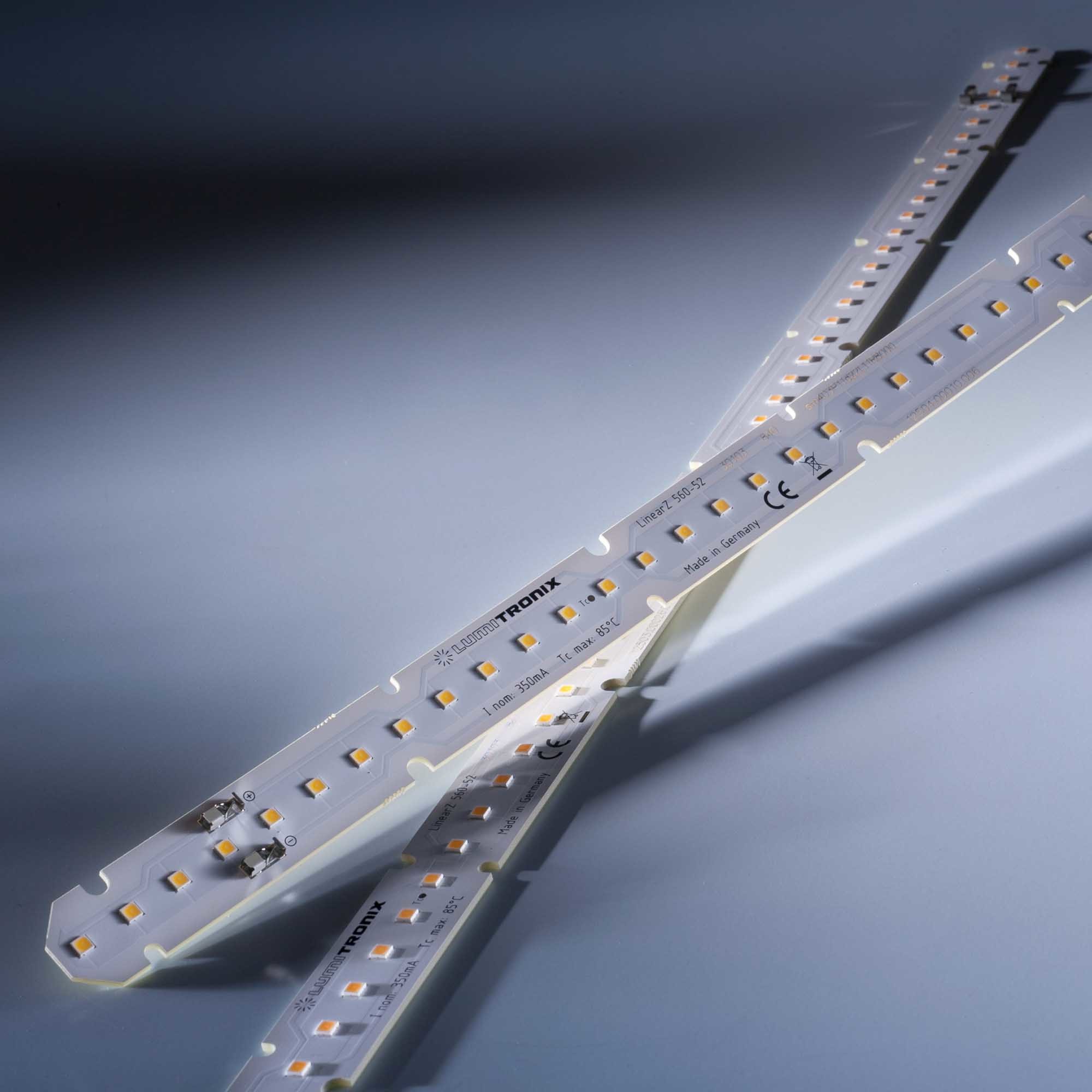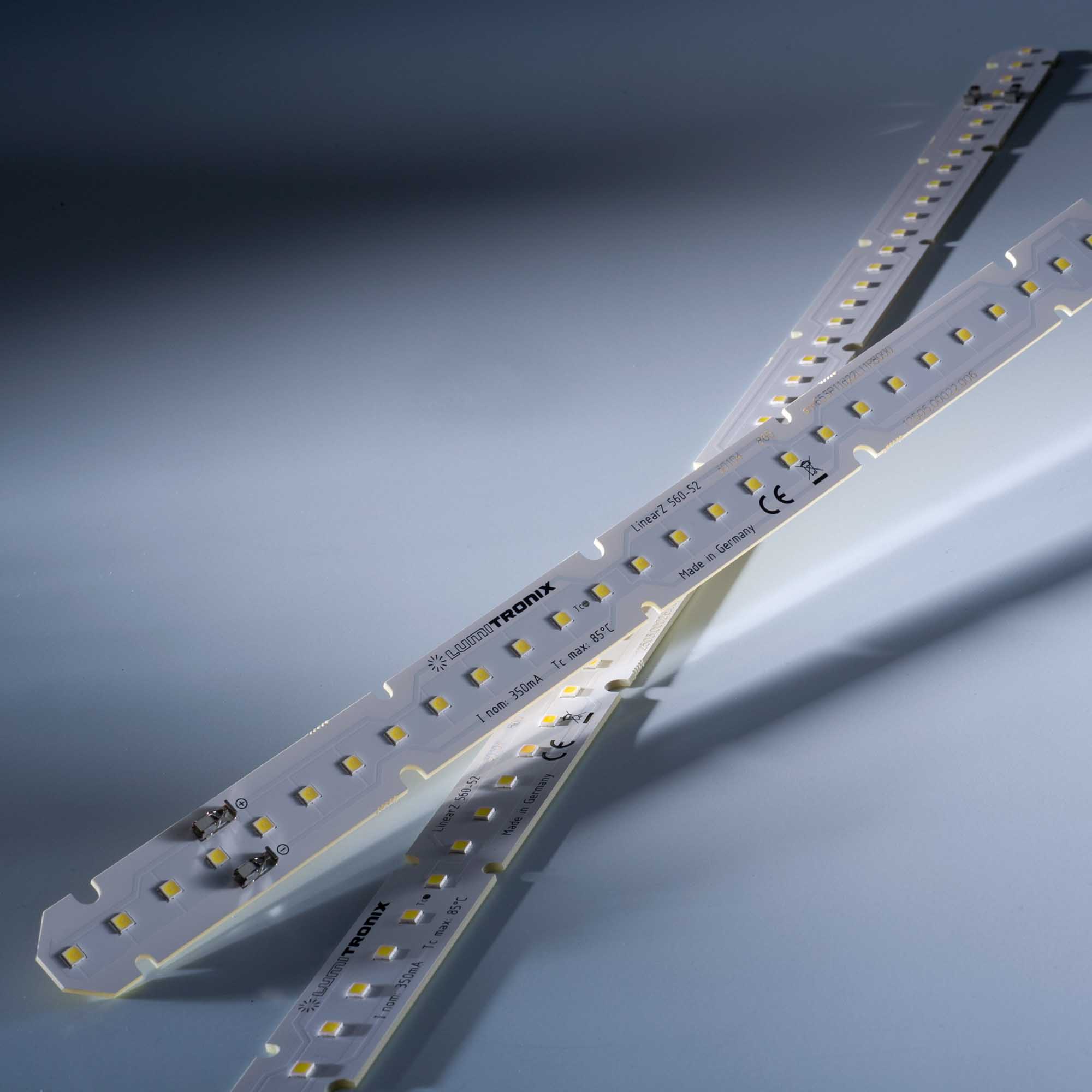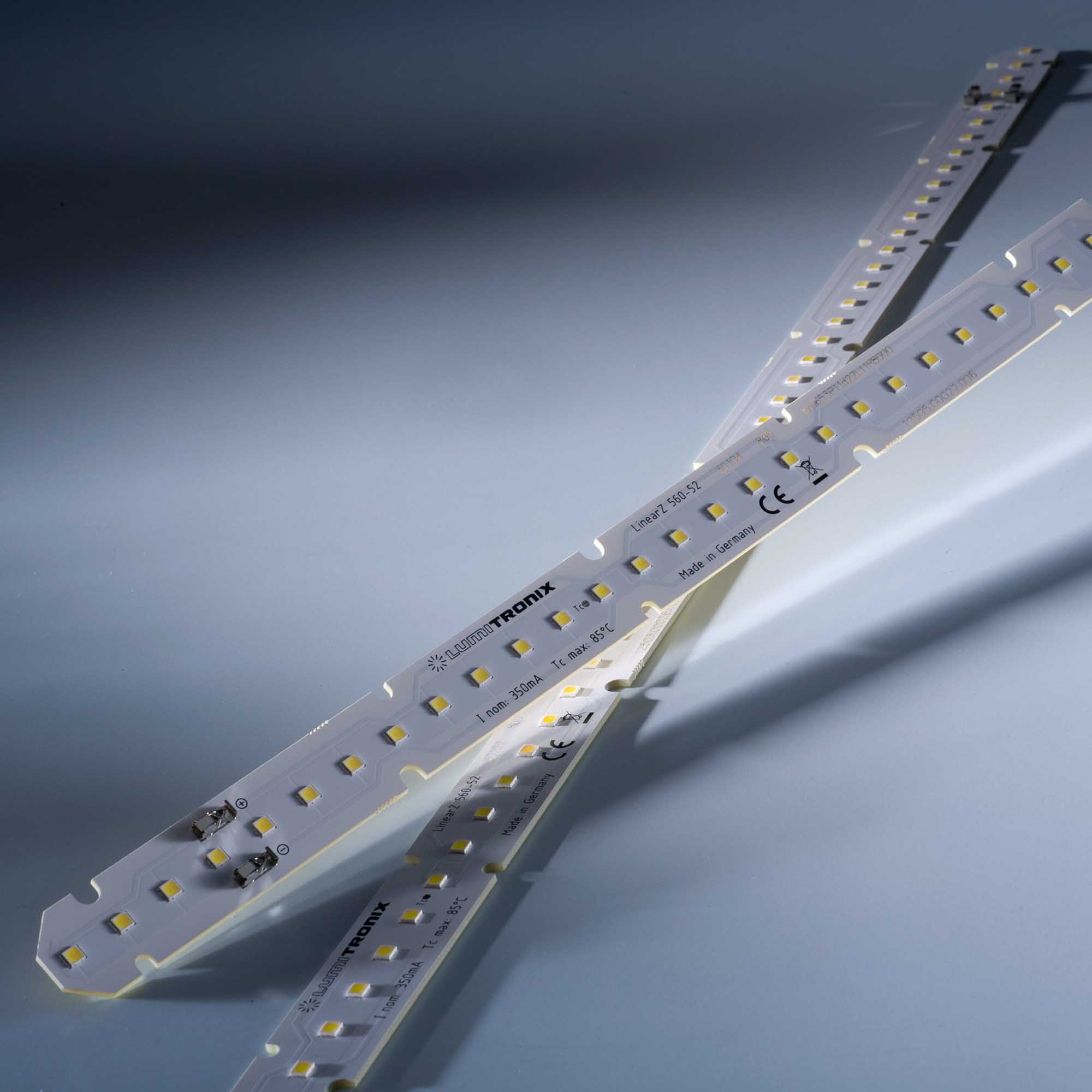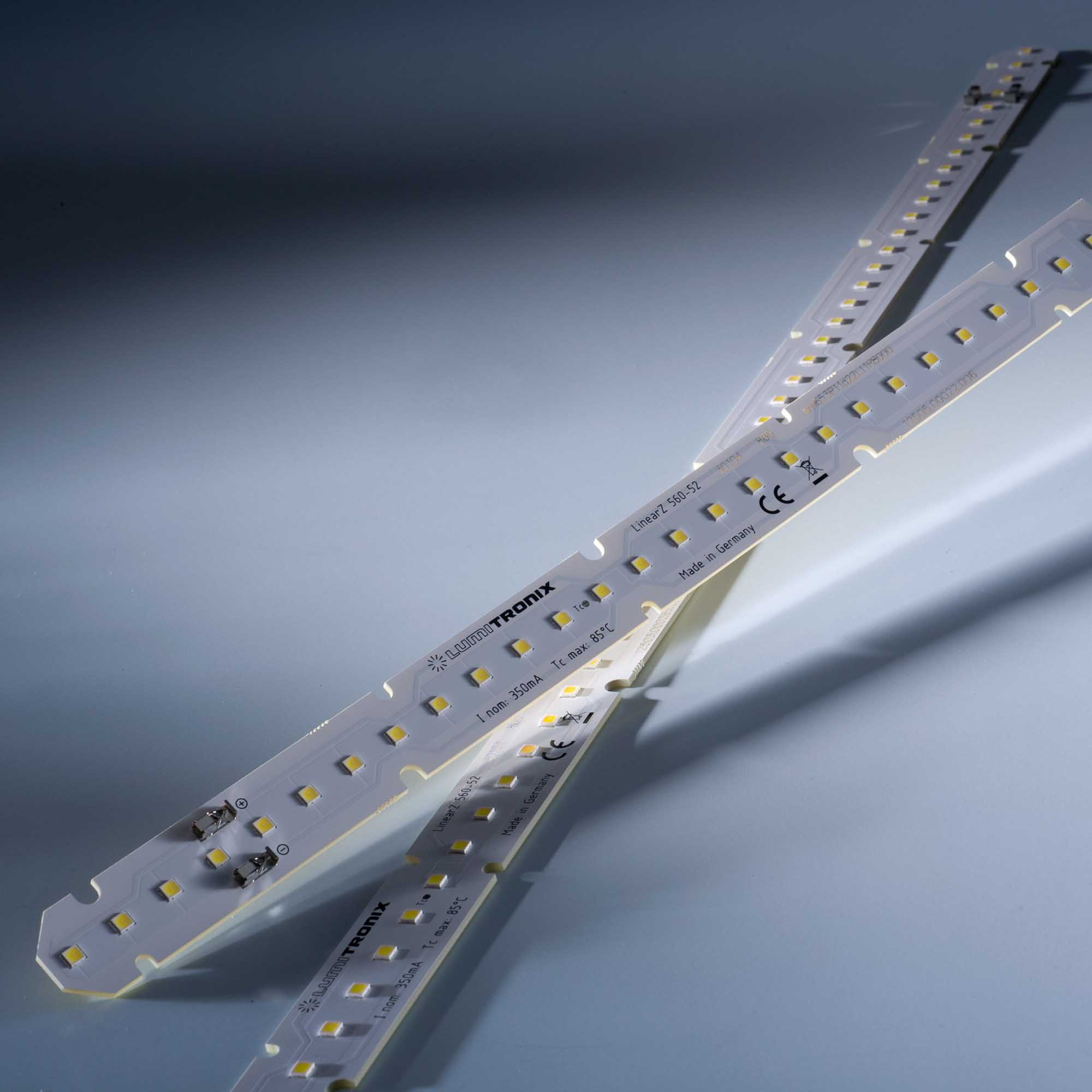Designing an Exceptional Home Lighting Experience: A Comprehensive Guide
- By Lumistrips LED Professional
- Apr 19, 2023

A well-designed home lighting system can transform your living space, providing the right amount of illumination when and where it's needed, while offering convenience and energy efficiency. A multi-layered approach that combines general, task, and accent lighting can help you achieve the ideal lighting levels for every room and activity in your home. In this comprehensive guide, we will explore the different levels of lighting, offer recommendations for each room, and delve into the importance of controls and color temperatures to create the perfect ambiance
The Three Levels of Lighting
- General lighting: This layer ensures a sufficient minimum level of light in each room. Suitable LED light sources for this purpose include LED modules, LED strips, luminaries and spotlights. The desired illuminance level (lux) will vary depending on the room's function and occupants' preferences.
- Task lighting: Necessary for specific activities such as reading, cooking, and working from home, task lighting should be carefully selected, positioned, and controlled. LED spot lights and high flux LED modules are ideal for this purpose. For optimal functionality, ensure that lamps or sockets are placed where they're needed most.
- Accent lighting: This layer adds ambiance to your home by emphasizing architectural features, furniture, and ornaments. LED spots and strips are commonly used for accent lighting, which can range from spotlighting to floodlighting, depending on personal preferences and room design.
Combining these three levels of lighting will help you achieve the recommended lighting levels for each room and activity:
| Recommended lighting levels for the Home | in Lux |
| Living rooms general | 50-150 |
| Casual reading | 150 |
| Study | 150-750 |
| Bedroom general | 50-150 |
| Kitchen general | 150 |
| Kitchen working areas | 400 |
| Bathrooms | 150-300 |
| Halls and landings | 100-150 |
| Stairs | 100-150 |
| Dining rooms | 150-450 |
For each of these levels of lighting, controls can provide a range of lighting options. In a living room, there could be separate controlled circuits for:
- general lighting
- task lighting (typically positioned under the wall units)
- accent lighting
Lighting of each room in detail:
Living rooms

Living rooms need a relaxed atmosphere and flexibility in terms of lighting level and position. The controller should ensure that the floor lighting of the living area can be adjusted to approx. 100-150 lux, whereby flexibility can be reduced to a damped value of approx. 50 lux. This may require a variety of light sources. General light can be obtained with a central LED fixture (pendant, ceiling lamp) or an array of spotlights. Task lighting with spotlights or linear LED lights is a common approach. Ambient lighting with glare prevention can be obtained form LED cove lights and wall luminaires.
Due to the long life of the living room, LED lighting will also lead to significant energy and cost savings compared to CFLs. Good ambient lighting can be complemented by portable luminaires such as table lamps or floor lamps that provide the higher local illuminance required for reading or other detailed activities.
Warm white 2700K lights are recommended for living rooms to create a cozy ambiance.
Dining rooms

Lighting can be used to create different moods. A wash of light over one wall or the ceiling, from a LED strip inside a cove light, can provide a background level of lighting against which a variety of lighting effects can be achieved using table lamps.
Lighting specified in dining rooms should have a color temperature within the limits of 2,700K-3,000K, and provide about 150 lux at floor level. In many homes, dining room tables, are used for a variety of activities as well as dining. For this reason, some flexibility in lighting for the dining table-top is recommended: it should be possible to provide flexibility for dining between 150 and 200 lux, and between 400 and 500 lux for situations when the table is used for other tasks, such as homework and hobbies. Dining room lighting should have excellent color rendering, at least CRI 96.
Bedrooms

Bedrooms are best lit with indirect light from bright LED strips inside cove lights or LED spotlights that direct light onto wall surfaces, both approaches aimed at reducing glare while providing good general light levels. Provide a separate circuit specifically for bedside lighting, with lighting socket outlets and two-way switching to help ensure lights are not left on unnecessarily.
Lighting levels in bedrooms should be controllable, with flexibility to provide subdued levels of 50 -100 lux at floor level and a maximum of about 150 lux. There should be provision of good task lighting for activities such as reading, offering focused illumination of up to 400 lux.
Warm white 2700K lights with good color rendering are a great choice in bedrooms, to help in the choice of clothes for example.
Studies and home offices

It is recommended to arranging diffuse background lighting with pure white color temperature (4000-5000K) in order to prevent glare on computer screens and paper-covered desks.
LED cove lights or dedicated wall up-lights can be used to create a general wash of light. Task lighting can be provided by using LED desk lamps. Studies and home offices require good levels of lighting, with between 400 and 500 lux for task lighting on desks. If more intricate work is being undertaken, we recommend 750 lux.
Kitchens

In kitchens the detailed tasks being carried out require high levels of lighting, particularly because of the use of sharp tools. A lighting level of at least 400 lux should be on the worktop, hob and sink levels and is best obtained with LED strips or modules placed under the cupboards, lighting downwards.
A high CRI value of at least 95 is recommended, as food should look great too. For kitchen floors, appropriate luminance levels are 150-200 lux for floors from light sources such as a central LED luminaire or an array of LED spotlights.
White 3000K lights with a calming warm white light recommended for kitchens. Compared with 2700K, warm light at 3000K creates a relaxing ambiance but with a bit more clarity in the environment, good completing tasks.
Bathrooms, Hallways and Stairs

LED downlights are particularly suitable for bathroom lighting where they can be positioned to provide lighting where it is needed, for example over the bath and shower. Aim for good task lighting levels around bathroom mirrors and illumination levels of 250-300 lux for bathroom floors. When specifying bathroom lighting, take care to check how far from a water source it can be fitted. A bathroom is divided into zones 0 to 3, each requiring a respective waterproof level (IP protection). Choose only bathroom lighting with the appropriate IP protection level for the zone in which it will be used. It is recommended that general bathroom lighting and task lighting (e.g. lighting for mirrors) are on separate circuits.
For hallways, LED cove lights can maximize headroom in what is often a small area and down lighting is often the most appropriate solution. Since hallways are often lit for long periods, the use of long life LED lighting will maximize energy savings. A lux level of between 100-150 is recommended at floor level.
As in the case of hallways, flush fittings are useful when headroom is limited. To provide adequate lighting stairs may require luminaires either along them, above them, or in proximity on the landing. To avoid falls on stairs, lighting should be operated by two-way switching situated at both the top and the bottom of flights. Lighting should be positioned to ensure that stairs are easily visible (by providing contrast in lighting between treads and risers).
Ideal color temperature for lighting on stairs and landings is around 3,000K and lighting for stair treads should be at least 100 lux. Lighting on stairs and landings (including daylight as well as artificial light) should be designed to minimize glare.
Lighting Controls and Color Temperatures
Incorporating controls into your home lighting system allows for a range of lighting options and enhances energy efficiency. In living rooms, for example, consider separate controlled circuits for general, task, and accent lighting. Similar control patterns can be used in other rooms, with dimmers creating varying atmospheres in lounges, dining rooms, and bedrooms.
Advanced controls, such as those operated by smartphones or tablet apps, offer remote adjustment of light intensity and color. These controls are becoming increasingly popular as lighting systems are recognized as lifestyle statements that add value to homes.
The Casambi light control system is a versatile and user-friendly solution for managing LED strip lighting in residential and commercial spaces. Utilizing Bluetooth Low Energy (BLE) technology, this smart lighting system enables users to control and customize their LED strip lights effortlessly through a smartphone, tablet, or smartwatch.
In conclusion, a well-designed home lighting system can significantly enhance the comfort, functionality, and aesthetics of your living space. By combining general, task, and accent lighting layers with appropriate controls and color temperatures, you can create the perfect ambiance for every room and activity. Keep these recommendations in mind as you plan your home lighting design to create an exceptional experience for you and your family.

 Lumistrips EN
Lumistrips EN Lumistrips UK
Lumistrips UK Lumistrips ES
Lumistrips ES Lumistrips PT
Lumistrips PT Lumistrips ITA
Lumistrips ITA
